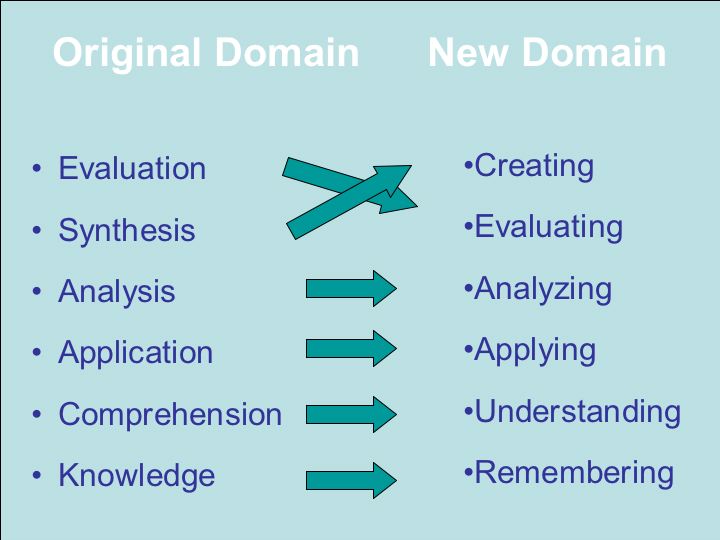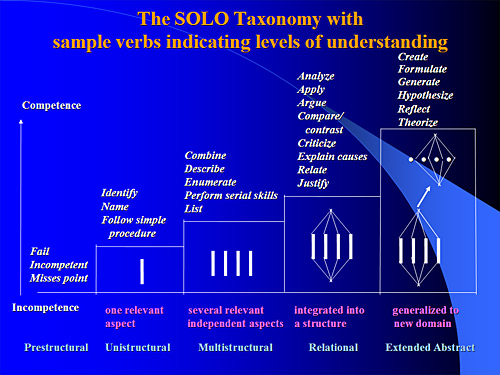When ADDIE was first handed over to the U.S. Armed Forces it was a linear model. However, after working with it they found that they needed a more dynamic model, so they adapted it. They mastered the tool rather than become a slave to it.
For some reason instructional designers love building ADDIE into a goddess that orders them to build crappy learning platforms. For example, they pronounce that it only builds courses when the real fact is that it tells you to use a course only if a simpler method, such as a performance support tool or OJT, will not work.
From its inception, ADDIE was designed to be a lean, mean, instructional design machine. This leanness has fooled others into thinking that it is a universal model that can build strip malls and skyscrapers. Nope! ADDIE has specific steps that are strictly designed for learning. This has led others to believe that ADDIE is too lean, that it tells them what to do, but not how to to it. But as Merriënboer noted, you can add other components on to it when needed
ADDIE is a Scavenger, not a Hoarder
One of the learning tools that is perhaps most often plugged into ADDIE is Bloom's Taxonomy. And of course one of the criticisms often leveled at ADDIE is that it is associated with outdated learning models. However, this plug and play feature of ADDIE does not mean it hangs on to outdated models, but rather it sheds them and goes scavenging for a better one. While Bloom's Taxonomy has been quite useful in that it has extended learning from simply remembering to more complex cognitive structures, such as analyzing and evaluating, newer models have come along.There are at least three suitable replacements:
1. Revised Bloom's Taxonomy
In the mid-nineties, Bloom's taxonomy was updated to reflect a more active form of thinking and is perhaps more accurate (Anderson, Krathwohl, 2001):
2. SOLO Taxonomy

3. Marzano's New Taxonomy
In The Need for a Revision of Bloom’s Taxonomy, Marzano describes six levels:- Level 6: Self-system
- Level 5: Metacognitive System
- Level 4: Knowledge Utilization (Cognitive System)
- Level 3: Analysis (Cognitive System)
- Level 2: Comprehension (Cognitive System)
- Level 1: Retrieval (Cognitive System)
What are your replacements for Bloom's Taxonomy?
No comments:
Post a Comment
Thanks for the comment